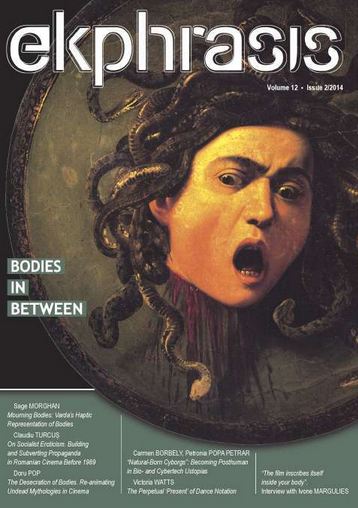Giving Birth the Posthuman Way. Technology, Disembodiment and Cyber-Progenies
Giving Birth the Posthuman Way. Technology, Disembodiment and Cyber-Progenies
Author(s): Mihaela UrsaPublished by: Universitatea Babeş-Bolyai, Facultatea de Teatru si Televiziune
Keywords: maternity; mothering; posthumanism; cyber-technologies; disembodiment; technologized generation; digital culture
Summary/Abstract: The paper sketches a possible history of cultural attitudes towards birth and gestation in the Western world, insisting on the growing empathy towards technologized bodies and technologized means of body generation. Exploring literary texts (from Mary Shelley’s Frankenstein or the myth of the Golem, as told by Gustav Meyrink, to Romanian texts on „the beauty without a body”) and filmic representations (Simone, Her), this study draws a connection between the deprecation of the idea of natural maternity and the raising appreciation of the idea of technologized gestation and generation, usually by a mothering father. In traditional paradigms, maternity was considered either a matter of sacred consecration, or close to a disease and so, consequently, the pregnant body was placed in a censored, disguised frame (heavy clothing, outfits fashioned to hide the changes in the body etc.). The modernist triumphalist representations of pregnant celebrities did not actually change the attitude towards maternity, but rather short-circuited the image of the perfect feminine beauty and the idea that the pregnant body is still a beautiful form to be represented. Equally deceptive, the two valuations of natural maternity and birth found a counterpart in dreams of non-maternal generation of humans. Certain myths speak about the possibility to create a being without the help of a mother; works of literature take this phantasm of a motherless birth to interesting details. This way, posthuman ethics, cloning technologies, cyberprosthetics, and disembodied entities figuring in popular movies are results of this constant cultural longing of cutting female physiology out of the generative picture.
Journal: Ekphrasis. Images, Cinema, Theory, Media
- Issue Year: 12/2014
- Issue No: 2
- Page Range: 131-141
- Page Count: 11

